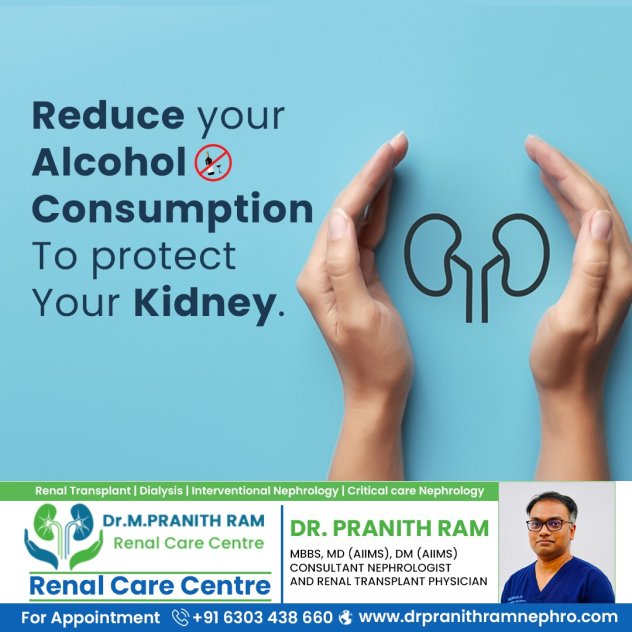
Congenital kidney disease
Secunderabad, TG
Description
Congenital Kidney Diseases are kidney conditions with which a child is born. These conditions are passed down through genetics. The following are some of the most common congenital kidney diseases:
Polycystic kidney disease (PKD) is a genetic disease, which means that a problem with your genes causes it. PKD causes cysts to grow inside the kidneys. These cysts cause the kidneys to grow much larger than they should and damage the kidney tissue. Chronic kidney disease (CKD) is caused by PKD and can lead to kidney failure or end-stage renal disease (ESRD).
There are two Types of PKD:
Autosomal dominant polycystic kidney disease (ADPKD):
Autosomal dominant PKD causes cysts only in the kidneys. It is often referred to as "adult PKD" because people with this type of PKD may not notice any symptoms until they are between the age of 30 and 50.
Autosomal recessive polycystic kidney disease (ARPKD):
Autosomal recessive PKD causes cysts to grow in both the kidneys and the liver. Autosomal recessive PKD is also known as infantile PKD because babies can show symptoms of the disease within the first few months of life or even before birth.
Unilateral renal agenesis (URA)
Unilateral renal agenesis (URA) is defined by the complete absence of the kidney on one side and compensatory hypertrophy (overgrowth) on the contralateral (opposite) side. URA affects one to two out of every 1000 births. One of the kidneys fails to develop in utero in this condition. The majority of people with unilateral renal agenesis live healthy, normal lives with few complications.
Bilateral renal agenesis (BRA)
Bilateral renal agenesis (BRA) is a rare and fatal condition in which the baby's kidneys do not develop. In this condition, both kidneys fail to develop in utero.
Extras
Reviews
To write a review, you must login first.




